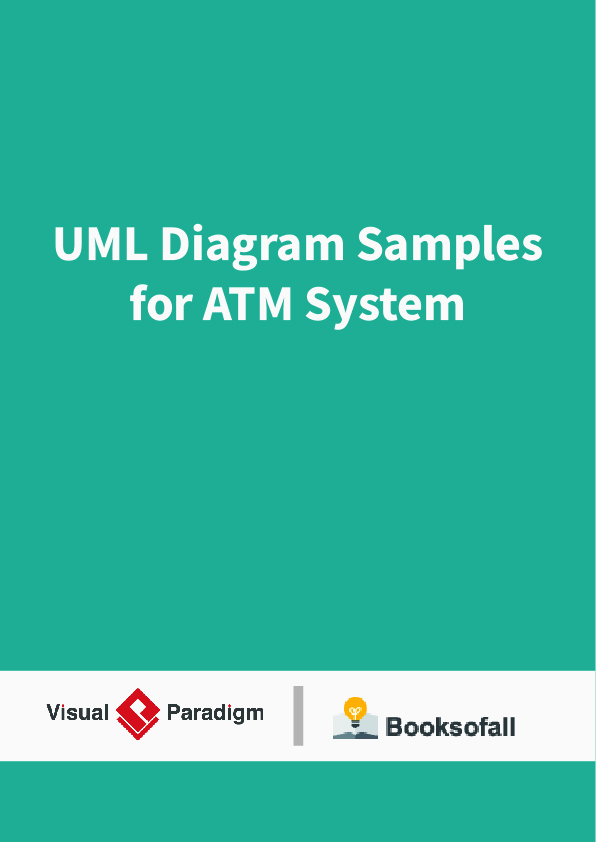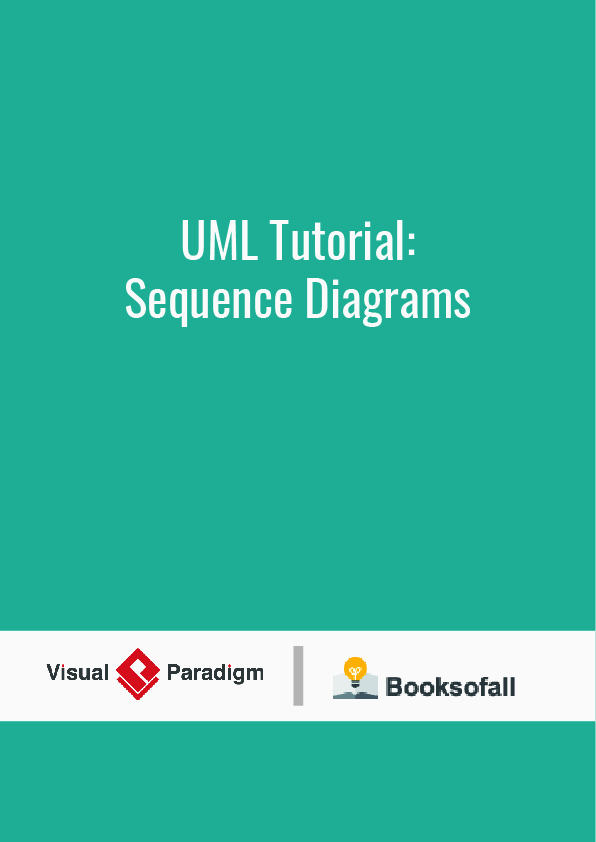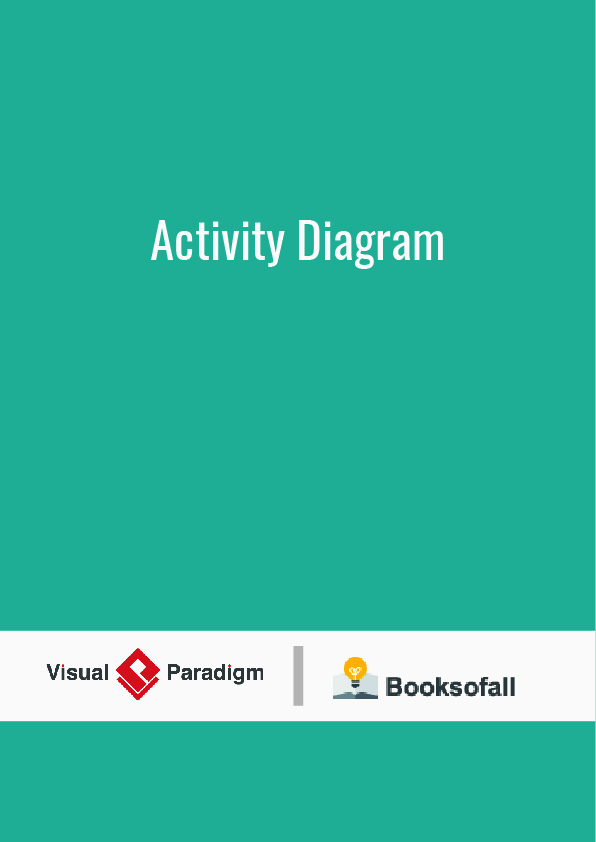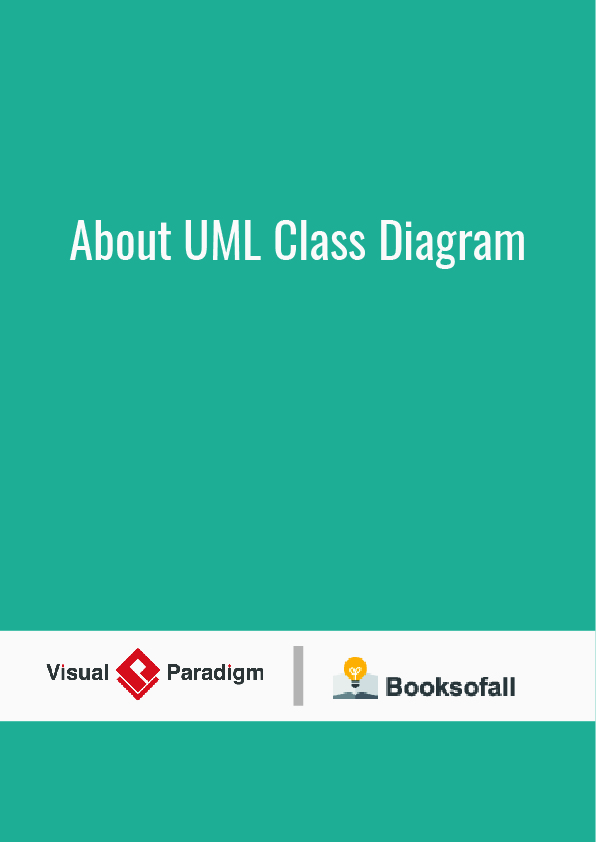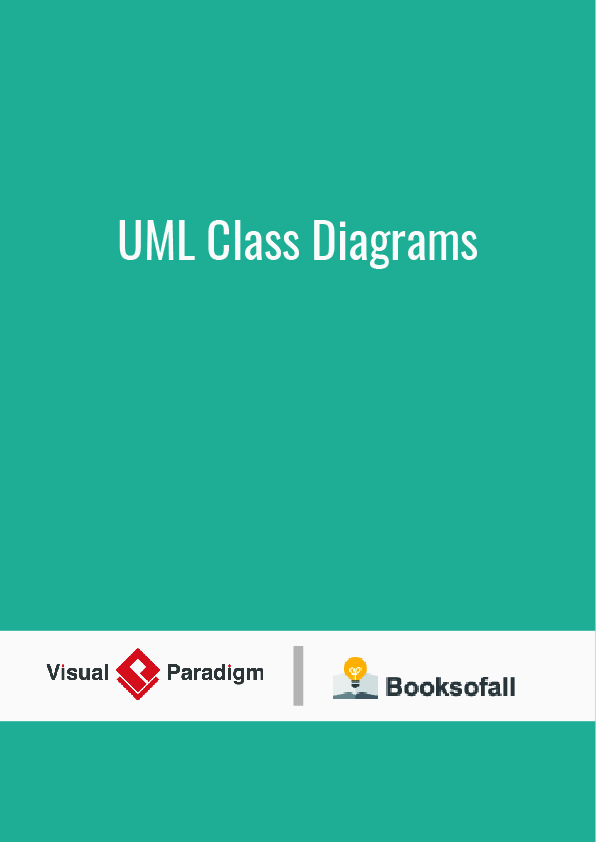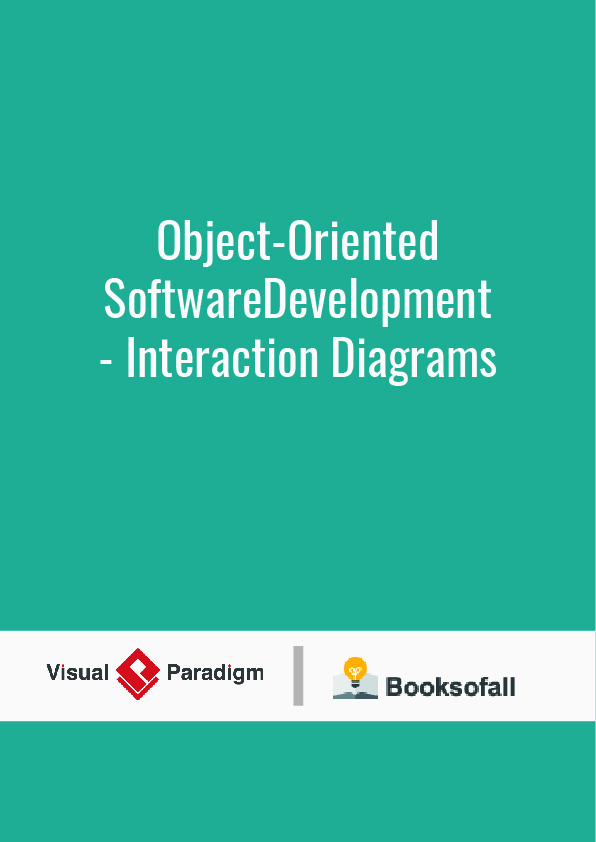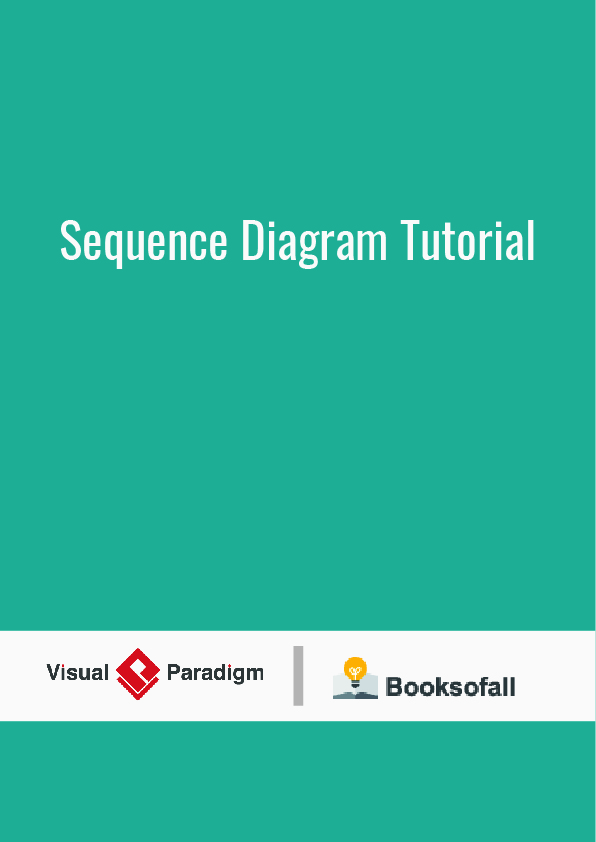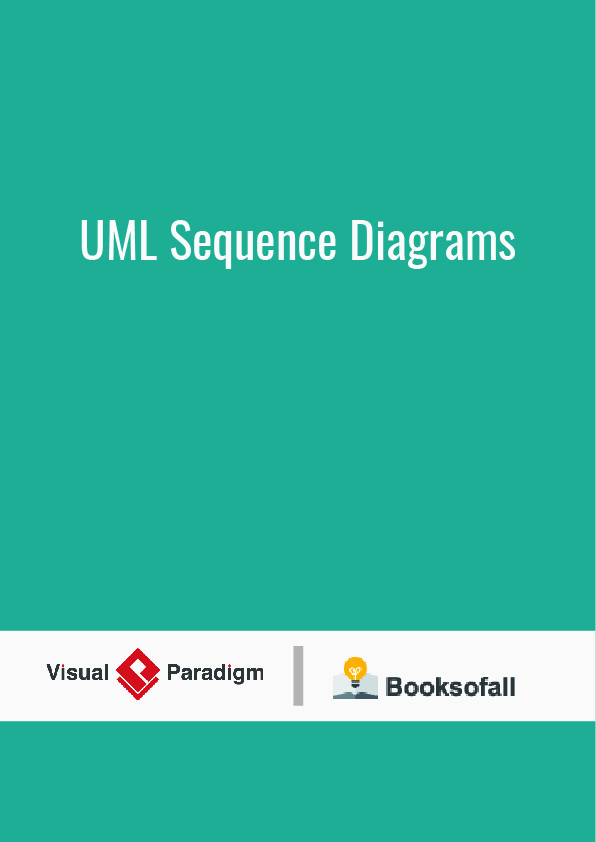Class Diagram:- Class diagrams describe the static structure of a system, or how it is structured rather than how it behaves.
These diagrams contain the following elements:
- Classes , which represent entities with common characteristics or features. These features include attributes, operations, and associations.
- Associations , which represent relationships that relate two or more other classes where the relationships have common characteristics or features. These features include attributes and operations
Use Case Diagram: Use case diagrams describe the functionality of a system and users of the system. They contain the following elements:
- Actors , which represent users of a system, including human users and other systems
- Use cases , which represent functionality or services provided by a system to users
Sequence Diagram: Sequence diagrams typically show the flow of functionality through a use case, and consist of the following components:
- Actors , involved in the functionality
- Objects , that a system needs to provide the functionality
- Messages , which represent communication between objects
Communication/Collaboration Diagrams:
A Communication or Collaboration diagram, that uses objects and actors as graph nodes. The focus of the collaboration diagram is on the roles of the objects as they interact to realize a system function. Directional links are used to indicate communication between objects. These links are labeled using appropriate messages. Each message is prefixed with a sequence number indicating the time ordering needed to realize the system function.
State Diagram:- State transition diagrams provide a way to model the various states in which an object can exist. While the class diagram show a static picture of the classes and their relationships, state transition diagrams model the dynamic behavior of a systen in response to extermal events (stimuli). State transition diagrams consist of the following:
- States , which show the possible situations in which an object can find itself
- Transitions , which show the different events which cause a change in the state of an object.
Activity Diagram:- Activity diagrams describe the activities of a class. They are similar to state transition diagrams and use similar conventions, but activity diagrams describe the behavior/states of a class in response to internal processing rather than external events. They contain the following elements:
- Swimlanes , which delegate specific actions to objects within an overall activity
- Action States , which represent uninterruptible actions of entities, or steps in the execution of an algorithm
- Action Flows , which represent relationships between the different action states on an entity
- Object Flows , which represent utilization of objects by action states, or influence of action states on objects.
